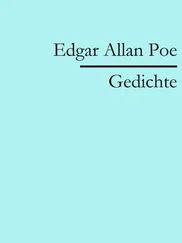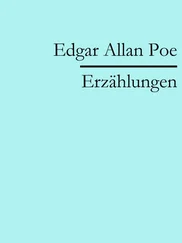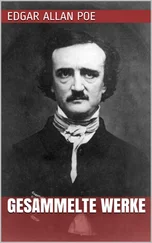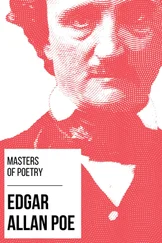Allan T. Kirkpatrick - Internal Combustion Engines
Здесь есть возможность читать онлайн «Allan T. Kirkpatrick - Internal Combustion Engines» — ознакомительный отрывок электронной книги совершенно бесплатно, а после прочтения отрывка купить полную версию. В некоторых случаях можно слушать аудио, скачать через торрент в формате fb2 и присутствует краткое содержание. Жанр: unrecognised, на английском языке. Описание произведения, (предисловие) а так же отзывы посетителей доступны на портале библиотеки ЛибКат.
- Название:Internal Combustion Engines
- Автор:
- Жанр:
- Год:неизвестен
- ISBN:нет данных
- Рейтинг книги:5 / 5. Голосов: 1
-
Избранное:Добавить в избранное
- Отзывы:
-
Ваша оценка:
Internal Combustion Engines: краткое содержание, описание и аннотация
Предлагаем к чтению аннотацию, описание, краткое содержание или предисловие (зависит от того, что написал сам автор книги «Internal Combustion Engines»). Если вы не нашли необходимую информацию о книге — напишите в комментариях, мы постараемся отыскать её.
New engine technologies and concepts Effects of engine speed on performance and emissions Fluid mechanics of intake and exhaust flow in engines Turbocharger and supercharger performance analysis Chemical kinetic modeling, reaction mechanisms, and emissions Advanced combustion processes including low temperature combustion Piston, ring and journal bearing friction analysis The
expands on the combined analytical and numerical approaches used successfully in previous editions. Students and engineers are provided with several new tools for applying the fundamental principles of thermodynamics, fluid mechanics, and heat transfer to internal combustion engines.
Each chapter includes MATLAB programs and examples showing how to perform detailed engineering computations. The chapters also have an increased number of homework problems with which the reader can gauge their progress and retention. All the software is ‘open source’ so that readers can see in detail how computational analysis and the design of engines is performed. A companion website is also provided, offering access to the MATLAB computer programs.

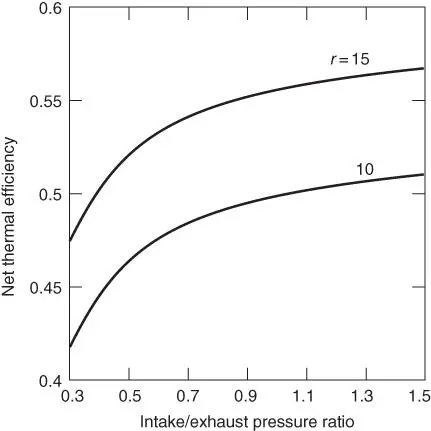
 model, since it is a function only of crank angle, and not a function of the combustion chamber geometry.
model, since it is a function only of crank angle, and not a function of the combustion chamber geometry. versus the crank angle. The characteristic features of the mass fraction burned curve are an initial small slope region beginning with spark ignition and the start of energy release at
versus the crank angle. The characteristic features of the mass fraction burned curve are an initial small slope region beginning with spark ignition and the start of energy release at  , followed by a region of rapid growth, and then a more gradual decay. The three regions correspond to the initial ignition development, a rapid burning region, and a burning completion region. This S‐shaped curve can be represented analytically by a trigonometric function, as indicated by Equation ( 2.69):
, followed by a region of rapid growth, and then a more gradual decay. The three regions correspond to the initial ignition development, a rapid burning region, and a burning completion region. This S‐shaped curve can be represented analytically by a trigonometric function, as indicated by Equation ( 2.69):

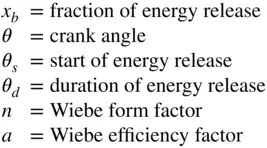
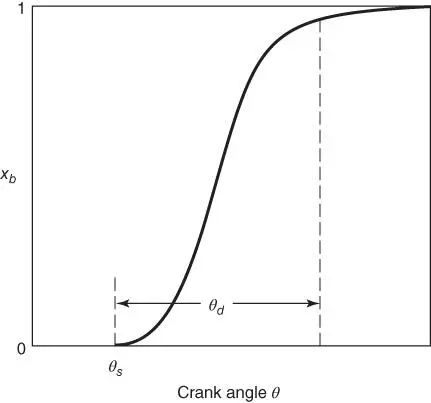
 0.90, 0.99, or 0.999, respectively. Corresponding values of the Wiebe efficiency factor
0.90, 0.99, or 0.999, respectively. Corresponding values of the Wiebe efficiency factor  are
are  2.302, 4.605, and 6.908 respectively. The value of the efficiency factor
2.302, 4.605, and 6.908 respectively. The value of the efficiency factor  was used by Wiebe in his engine modeling calculations.
was used by Wiebe in his engine modeling calculations. and burn duration
and burn duration  depend on the particular type of engine, and on some degree on the engine load and speed. These parameters can be deduced using experimental burn rate data, which in turn is obtained from the cylinder pressure profile as a function of crank angle, discussed in more detail in the combustion analysis section of Chapter 12. Values of
depend on the particular type of engine, and on some degree on the engine load and speed. These parameters can be deduced using experimental burn rate data, which in turn is obtained from the cylinder pressure profile as a function of crank angle, discussed in more detail in the combustion analysis section of Chapter 12. Values of  and
and  have been reported to fit well with experimental data (Heywood 1988). For further general information about energy release models the reader is referred to Foster (1985).
have been reported to fit well with experimental data (Heywood 1988). For further general information about energy release models the reader is referred to Foster (1985).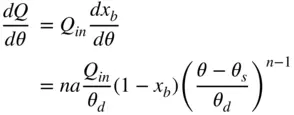

 and the duration of energy release
and the duration of energy release 
 . Assume the Wiebe efficiency factor
. Assume the Wiebe efficiency factor  , i.e.,
, i.e.,  = 0.9933, and the Wiebe form factor
= 0.9933, and the Wiebe form factor  .
.
